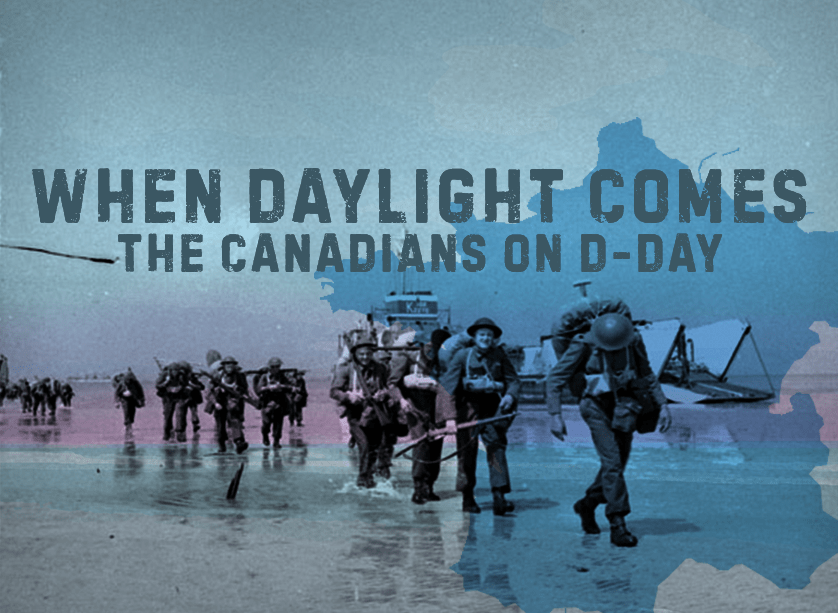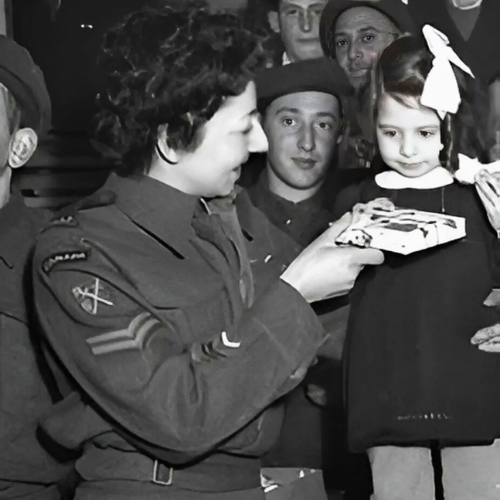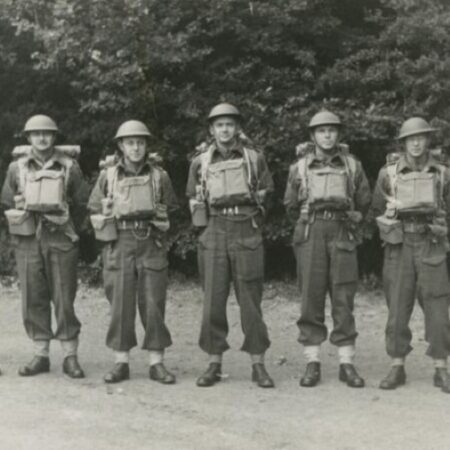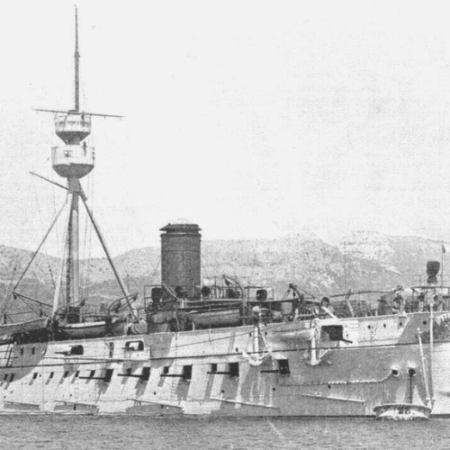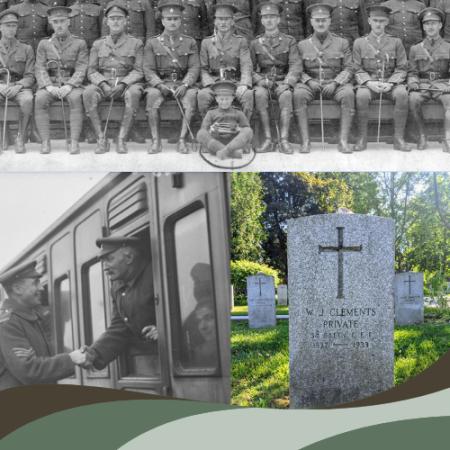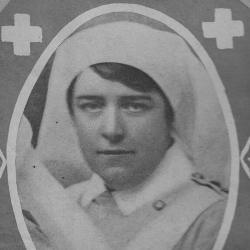Between 1939 and 1945, Miriam Freedman served with the British army and then the Canadian army. Her service exemplifies the incredible journey of many Canadian women away from the beaten path during the Second World War. Find out more in the post below!
Very few Canadians could say that they served in the army for almost the entire Second World War, and even fewer could say they did so for two completely different armies! Yet this was the case for Miriam “Mimi” Freedman, possibly the longest-serving Canadian woman in the army during the Second World War.
Her military service with Great Britain
Born in Montreal on March 2, 1911, Miriam hailed from one of North America’s oldest Jewish families—the Harts—on her mother’s side. In 1920, her family moved to Belgium. But when Adolf Hitler seized power in Germany in 1933, her father decided to relocate the whole family to Great Britain for their safety. The rest is well-known history, as the Nazis ramped up their horrific crimes against Europe’s Jewish population from 1933 to 1939. Tensions mounted throughout that period and came to a head on September 1, 1939 with the German invasion of Poland. Two days later, France and Great Britain declared war on Germany.
Freedman wanted to do her part to directly fight the Nazi threat. In 1939, while in Great Britain, she enlisted with the London Auxiliary Ambulance Service as an ambulance driver—a job that was obviously very dangerous! In 1940, Nazi Germany started its famous blitz of the island of Great Britain. Freedman’s job was to fetch the wounded after the enemy bombing raids. However, such close proximity to the bombed areas put Freedman herself at risk of serious injury.
She served in this capacity until May 10, 1941, when she had to return to Canada for reasons that are unclear. According to author Ellin Bessner, Freedman became pregnant with the baby of a British officer who was already married. To avoid disappointing her family, she reportedly returned to Canada to give birth and put the baby up for adoption.
Right: September 20, 1946 edition of the Montreal Gazette (source: ProQuest via BaNQ).
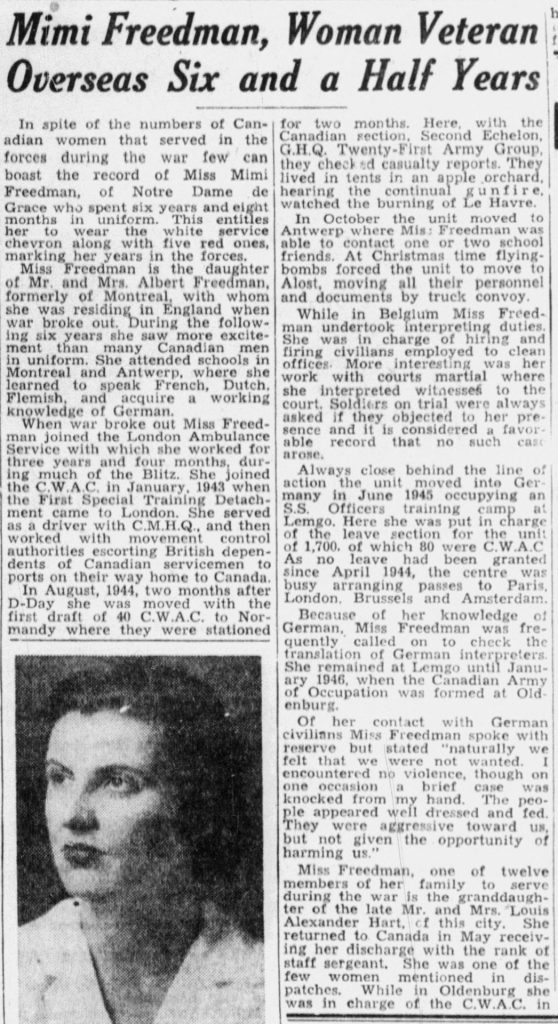
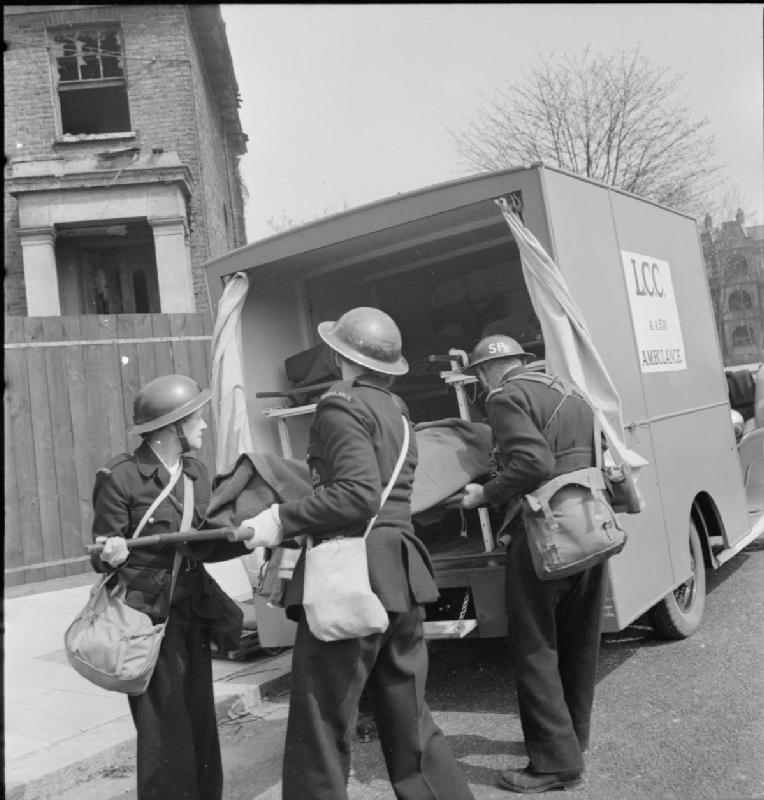
Her military service with Canada
In 1943, Freedman returned to Great Britain and joined the Canadian Women’s Army Corps, again as a driver. This time, she drove army and government officials to the Port of London, which was most likely a lot safer than driving an ambulance!
Freedman was one of the few Canadian women deployed to Normandy in 1944. Two months after D-Day, as the fighting raged to liberate France, Freedman worked as a driver for the officers. There, Freedman’s language skills were quickly noticed, as she could speak English, French, Flemish, German and Dutch. She therefore became an interpreter between POWs, or local civilians, and the Canadian army. Freedman travelled with the army to France, Belgium and Germany until the end of the war.
Not much is known about her service on the European continent, as she spoke very little about her military life after the war. We do know, however, that she survived a V2 rocket attack in Antwerp, indicating that she experienced combat during her service. She was also sent to events organized by the Canadian army. For example, she was photographed giving a gift to a young girl during Hanukkah celebrations in the Netherlands on December 17, 1944.
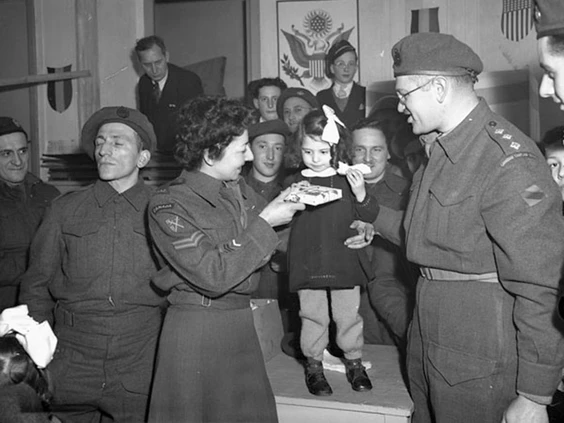
A woman on a mission
Freedman spent six years, eight months in uniform with the British and Canadian armies. She was given the Medal of Bravery for her long-standing service in a rare instance of the Canadian army decorating a woman! After the war, Freedman married her cousin Bill Hart, who was also a veteran, and moved to Long Island.
As mentioned above, Freedman did not talk to her family very much about her time in the military. However, her tendency to drive like a maniac—as she must have done in London during the blitz—was a sure sign that the war stayed with her!
Article written by Julien Lehoux for Je Me Souviens. Translated by Amy Butcher (traductionsamyb.ca).
Sources:
- “Canada at War“, Open Library.
For several years, historian Ellin Bessner has been researching and compiling stories of Jewish people who served in the Canadian military. You can find the results of her work on her website. This article, however, was inspired by her article:
- “Jewish Canadian women in uniform in WWII deserve a nod on International Women’s Day“, ellinbessner.com.
And her book:
- Double Threat: Canadian Jews, the Military, and World War II, Toronto, University of Toronto Press, 2019, 358 p.
This article was published as part of our exhibition on D-Day: When Daylight Comes. Visit our exhibition to learn more about the history of the Canadian who landed in Normandy!
